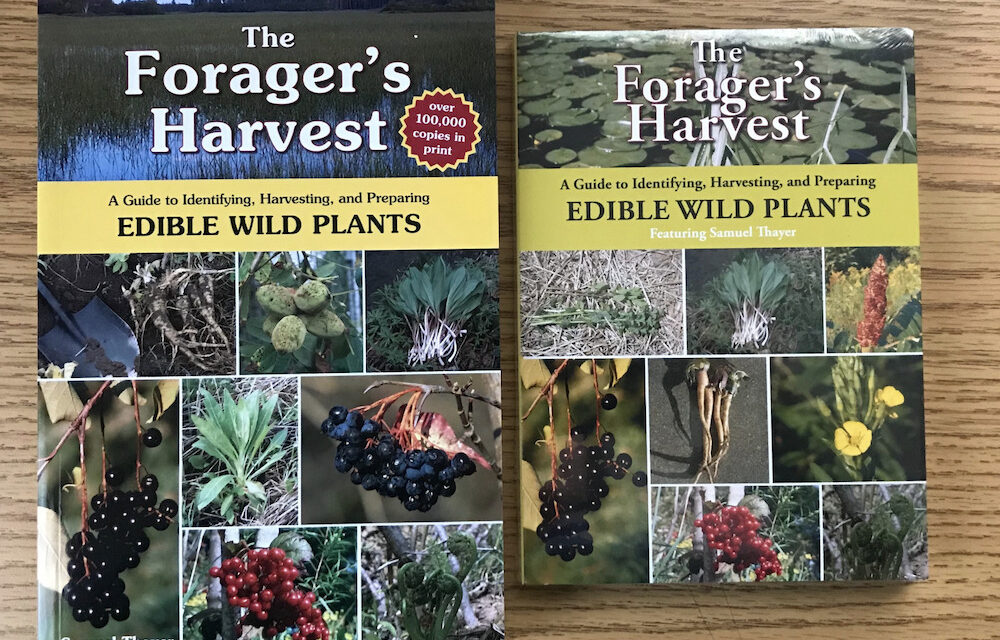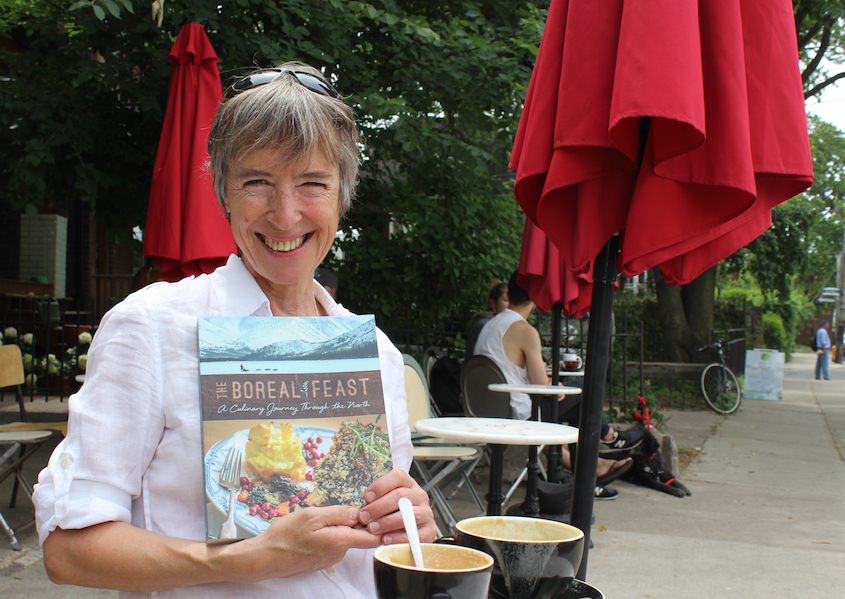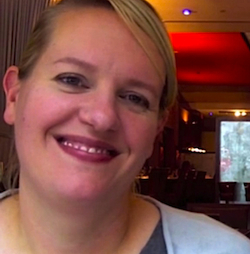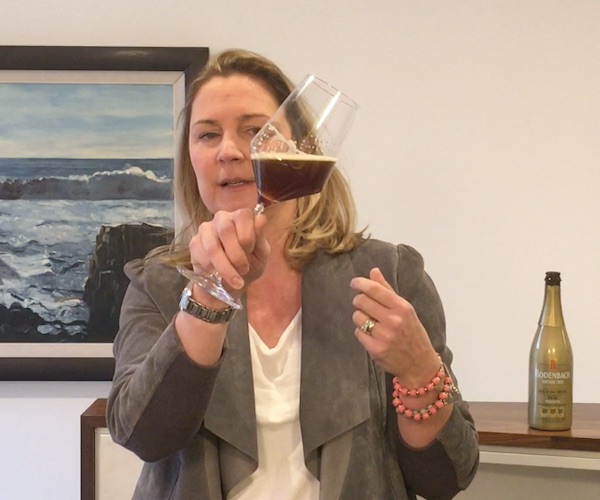The Forager’s Harvest – A Guide to Identifying, Harvesting, and Preparing Edible Wild Plants – Samuel Thayer (Forager’s Harvest) US $22.95
The other week, I drove to Fiddlehead Nursery, a tiny permaculture plant nursery run by Ben Caesar with help from a number of Wwoofers that specializes in growing and selling perennial plants that can withstand our harsh winters.
As I was perusing the plants, I spied a selection of books on wild edibles, all penned by Samuel Thayer. A quick browse through the first volume I picked up, and I decided I simply had to make a purchase.
I’ve read a lot of books on foraging over the past decade or so, and I can say, that this is, hands down, the very best I have come across.
It becomes obvious from the get-go that Thayer isn’t messing around. The introductory chapters are essential reading, both for new foragers and those with decades of experience. His no-nonsense approach to identifying wild edibles makes complete sense to me, especially seeing as ingesting something you are not 100% sure of may well be gambling with your life (or at the very least your gastrointestinal tract).
His sage wisdom simply shines through his writings. I do, however, completely disagree with his opinion on the humble dandylion.
He states that all of the material contained within this book comes from his many years of personal experience, with absolutely none being recycled from other people’s texts, and this is important, as over the years I have found that books on foraging tend to be extremely repetitive in their descriptions of wild plants; I’ve often wondered just how much of such books are truly original.
I did find myself grinning as he went through the serious errors that had been published in other, often highly regarded, books on the subject matter at hand.
Thayer is quick to point out that this isn’t a field guide but a thorough examination of the plants he has chosen for this particular volume. He chooses to focus on 30 or so wild edibles, and he does so with a level of detail I have never seen anything like previously. He certainly knows his stuff; of that, there is no doubt.
You’ll find extensive chapters on the more familiar (wild leeks, ramps, and fiddleheads) all the way through to some new ones for me (nannyberry/wild raisin/black haw,and smilax/carrion flower). Although he’s based out of Wisconsin, there’s plenty to apply to nature’s bounty here in Ontario.
The Forager’s Harvest is packed with over 200 colour photographs, giving the reader around six pictures of each plant to assist with correct identification. Importantly, these pictures mainly focus on the edible parts when they are at the correct stage for harvesting, something that I have found to be sadly lacking in other foraging guides. Indeed, many of them choose to illustrate with drawings rather than photographs, which often look great aesthetically, but do little to aid identification.
Although he never professes to be a chef, his suggestions for preparations have obviously been thoroughly researched throughout his many years of foraging.
As a painstakingly detailed study in ethnobotany, this book is second to none. I wish that I had discovered this book earlier in my foraging adventures, as I feel this may well have become my “bible” on the topic.
The Forager’s Harvest is the first in a set of three, so I look forward to reviewing the other two (Nature’s Garden and Incredible Wild Edibles) in the near future. His ACTUAL field guide looks pretty neat, too.
![]()
(Five out of a possible five apples)







